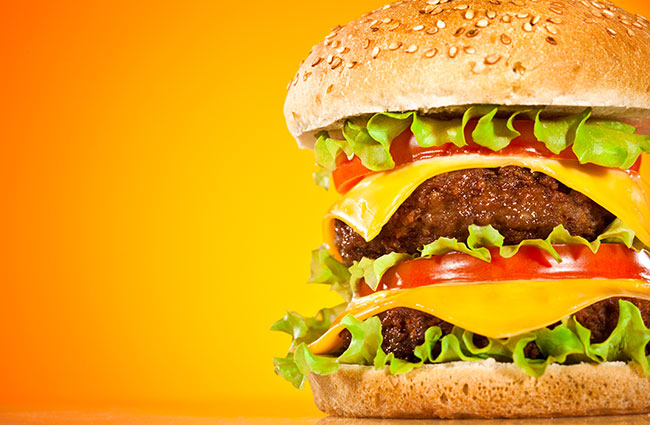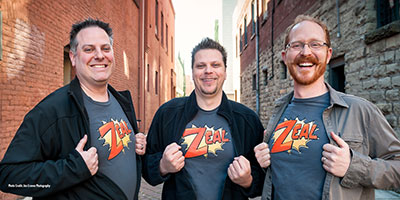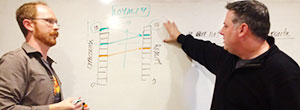What motivates you to try a new product or service? Is it a million-dollar ad campaign full of sound and fury? Is it that steady stream of robo emails you keep marking as Junk? Or maybe it’s those sidebar ads that pop up based on your content browsing habits.
I’m guessing it’s none of these because you—like most of today’s consumers—have a finely attuned BS barometer. In other words, you don’t believe the hype.
Instead, you probably seek out recommendations from friends. You listen to word of mouth, and you do your research. You carefully study Amazon and Yelp reviews, looking for verified purchasers and reviews that ring true.
In a consumer world where everyone is connected, shoddy quality and poor customer service have a global ripple effect that can deliver a deathblow in minutes.
That is why, according to Experience: The Blog author Augie Ray, companies shouldn’t be so much concerned with content marketing strategies as with customer experience.
Where’s the Beef?
The days are gone when a company can glide by on glitz, buying its way into consumers’ hearts with earworm jingles and inane catchphrases. We’re inured to their tactics because we see through them.
Transparency is the new watchword. If it isn’t WYSIWYG, people tune out.
As human beings, we crave authenticity. We demand substance—from product quality to customer service, every element of the experience must deliver genuine value.
Make It Real
We want to associate with organizations that possess a deep sense of purpose and values that echo our own—companies that live their brand.
One reason Thrive Market has been so deliciously successful is they began with a clearly defined mission: “to make healthy living easy and affordable for everyone.” And the many people who care about eating healthy, living sustainably, and helping to feed hungry families have been recommending them like crazy.
Rather than jumping into social marketing campaigns, Augie Ray argues in a recent interview that companies should be “focusing on improving the customer experience and then activating trusted peer-to-peer word of mouth.”
Be All That You Can Be
Cultivating a positive customer experience is not a skin-deep exercise. It goes down to the bones of your organization—your culture.
As we’ve repeatedly explored in past blog posts, your culture is your brand; your brand is your culture. Creating a workplace that is a palpable example of your core values helps nurture those values in your employees.
I’m Lovin’ It
If you want your employees to deliver a WOW experience to customers as Zappos does (see How to Live the Brand), you need to create a culture where you’re wowing your employees.
We already know from research that having happier employees means greater productivity and superior customer service (see The Top 4 Employee Needs to Fulfill for Greater Happiness and Productivity). The question is how to get there.
Be More
Honing your leadership capacities will help you foster a healthy, happy culture, and that in turn, will build the “empathy, loyalty, and trust” Ray describes as crucial to a successful company.
Ray writes, “The importance of purposeful, ethical leadership is underscored in Edelman’s annual Trust Barometer report, which finds that the biggest gaps companies have are in attributes such as listens to customers; treats employees well; is ethical, transparent and open; and puts customers before profits.”
Just Do It
Like a Zen koan, the paradoxical truth is that by prioritizing employee happiness and customer experience over the bottom line, companies ultimately profit more. How can organizations not see the value in that?
Call 541.601.0114 or email Chris Cook to start building a healthier, happier organization today.



 To illustrate this concept, Adam draws two columns, one representing customer expectations and the other reality, each with a scale ranging from 1 to 10. The customer relationship begins when expectations meet reality.
To illustrate this concept, Adam draws two columns, one representing customer expectations and the other reality, each with a scale ranging from 1 to 10. The customer relationship begins when expectations meet reality.


